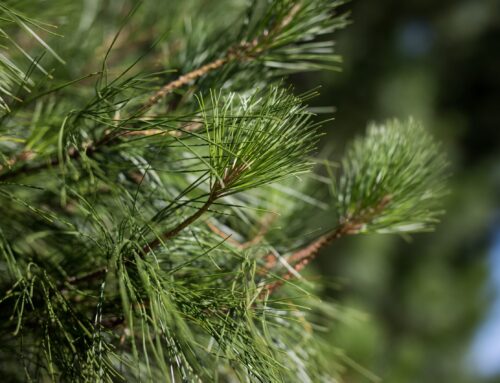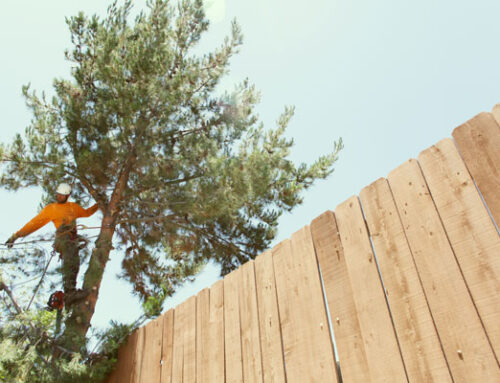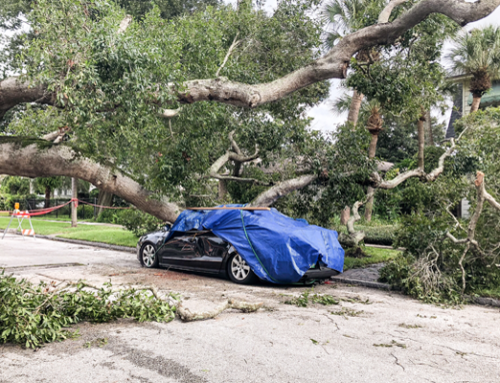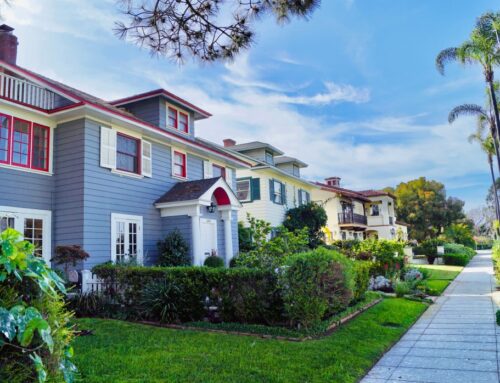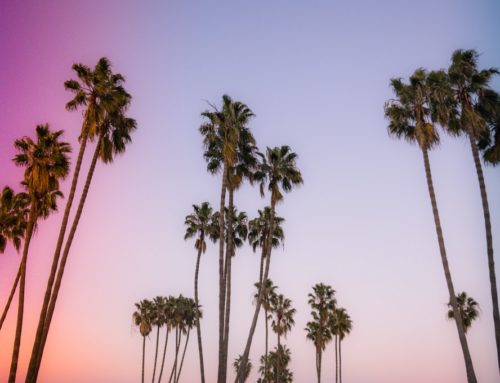
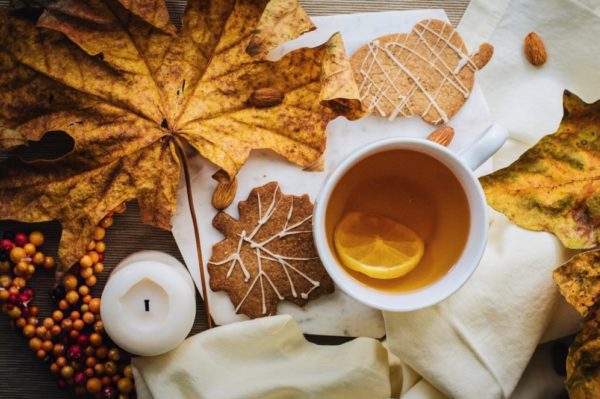
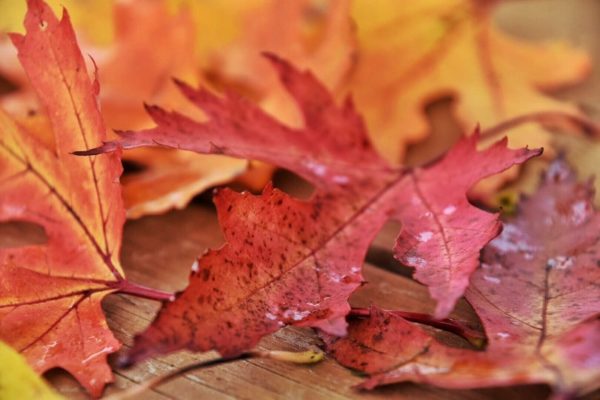
Who says San Diego doesn’t have much of a fall? Yes, we still get to wear our short and sandals through the end of September (maybe even through October) —but when the cool-down does begin, it’s a welcomed refresher to San Diegans who are over the summer heat. Hooray for the fall! It’s a time when the people of San Diego finally get dust off their boots and when the comfortable sweaters can finally come out of the closet. It’s a time for warm apple cider, pumpkin pie, and pumpkin patches. And it’s a time for trees to transform into warm, beautiful fall colors!
It’s true that autumn colors may not be as rampant as in most parts of the country, but they are still a cozy sight to see all throughout San Diego. From the mountains even along the coast, there are deciduous trees planted in every neighborhood with leaves that transform into hues of yellow, orange, brown, and red. While they may be few in number in some San Diego neighborhoods, at least it leaves the few existing to be more appreciated for their distinct colors in a city heavily populated by palms and evergreen trees.
WHY DO LEAVES CHANGE COLOR IN THE FALL?
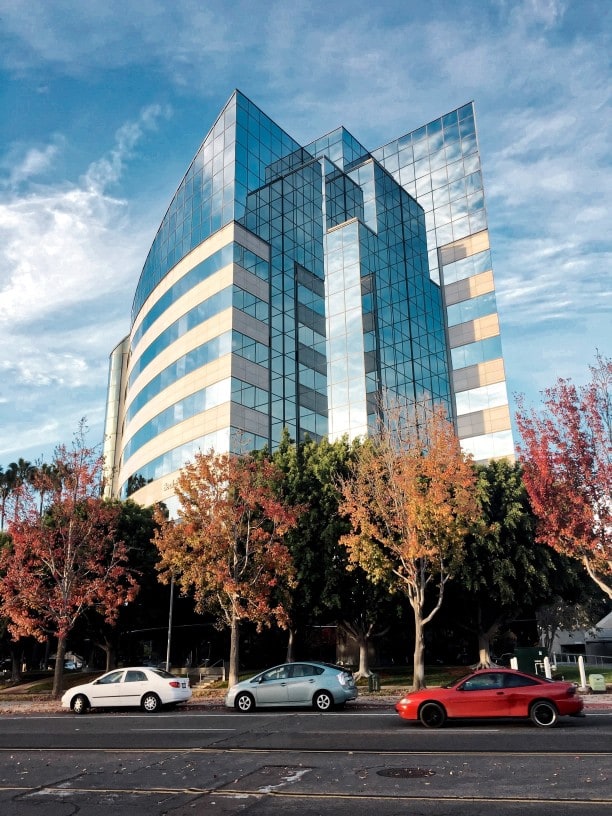 Leaves serve a crucial function in a tree. They, in essence, are the food factories of the tree. This is why when a tree is trimmed an excessive amount, it can be detrimental, especially to a large tree that needs a plentiful amount of foliage to create enough food for its robust stature. It would be like a tall 250-lb man having his caloric intake cut from 2500 calories to 800 calories every day for a year. His girth will dwindle down, his health will decline, and he could eventually die from malnutrition. Trees were built in a similar fashion. If their energy intake is drastically cut down, their health may decline to the point of death. Certain tree species, such as the ficus weeping fig, are able to handle heavy trimmings (by heavy, we mean ALL of their leaves trimmed) — but many species, like pines, are more sensitive to extreme foliage loss.
Leaves serve a crucial function in a tree. They, in essence, are the food factories of the tree. This is why when a tree is trimmed an excessive amount, it can be detrimental, especially to a large tree that needs a plentiful amount of foliage to create enough food for its robust stature. It would be like a tall 250-lb man having his caloric intake cut from 2500 calories to 800 calories every day for a year. His girth will dwindle down, his health will decline, and he could eventually die from malnutrition. Trees were built in a similar fashion. If their energy intake is drastically cut down, their health may decline to the point of death. Certain tree species, such as the ficus weeping fig, are able to handle heavy trimmings (by heavy, we mean ALL of their leaves trimmed) — but many species, like pines, are more sensitive to extreme foliage loss.
Using the process of photosynthesis, leaves capture energy from the sun using green pigments called chlorophyll and convert the energy into sugar and starch to be consumed by the tree. During the long summer days, deciduous trees take advantage of the plentiful sunshine by storing up for the winter, just as solar panels for homes store up energy reserves for nights and cloudy days. Then come fall when the days get shorter and the temperature begins to drop (at least we San Diegans hope it does), these changes signal to the tree that winter is just around the corner, and it’s time to prepare.
During the growing seasons of spring and summer, trees are full of green foliage to maximize energy absorption. But what many people do not know if that leaves also contain yellow and orange pigments called carotenes and xanthophyll that are outnumbered and overshadowed by the vibrant green pigments. When trees sense that the fall season has arrived, it shifts gears from energy absorption to sleep preparation. The chlorophyll are no longer needed, so they begin to break down — and now the yellow and orange pigments get to be the “life of the party.”
But where do red autumn leaves come from? Aside from possessing carotenes and xanthophylls (yellow and red pigments), some trees also produce red pigments called anthocyanins. When photosynthesis stops, excess sunlight can be damaging to the leaves. So the tree produces anthocyanins, which acts as sunscreen for the leaves and turns them red, or even purple — allowing the tree to suck up the last remaining bits of stored-up food. Brilliant concept! Brilliant color!
Curious what the common fall-colored trees are in San Diego? If you plan on planting some on your property for some added autumn flare or if you’re curious what those trees are as you drive down the road, here’s our list of the most common fall-colored trees in San Diego.


CALIFORNIA SYCAMORE TREE
Platanus racemosa
The California sycamore is a tall-growing deciduous tree that is native to California. It’s distinguishable by its light wood, thick trunks, towering heights, and five-point leaves that turn yellow, orange, and brown early in the fall. When young, they require plenty of water, which is why they are often found growing naturally in riparian areas, such as along streams, rivers, and canyon floors. You can find groves of sycamore trees when driving along the 52 freeway, all the way from San Clemente Canyon to the eastern portion of the San Diego River in Santee. Once their roots are well-established, sycamores tend to be resilient trees that require little water. They’re a popular choice for urban landscaping — lining our city’s streets and buildings, and providing shade and a pleasant backdrop for our parks and playgrounds.
Sycamores have many great features. They grow tall, having the potential to reach heights of just over 100 feet. They are made up of a strong, beautifully light-colored wood that has many common uses, including furniture, hardwood flooring, and cutting boards.
But as useful as these trees may be, they do have a downside that many tree trimmers are very aware of. In fact, in the tree service industry, the sycamore has been sensibly dubbed the SICK-a-more tree. What many people are unaware of is that the sycamores possess toxic, white, fuzzy material on the underside of their leaves called trichomes. When inhaled, it triggers debilitating respiratory issues, such as a hacking cough, runny nose, vomiting, nausea, and breathing difficulty. So think twice next time you plan on unleashing your inner-child and jumping into a sycamore leaf pile.
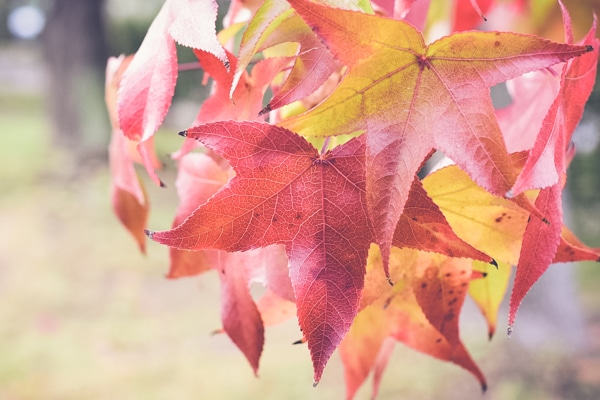
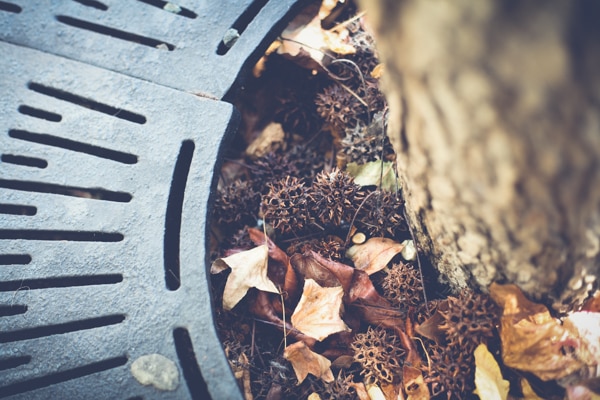
LIQUID AMBER
Liquidambar styraciflua
The liquid amber tree — also commonly referred to as the liquidambar and American sweetgum — is a popular ornamental tree throughout San Diego. You can find them lining streets and neighborhood throughout the city and adding bright greenery to homes and commercial properties.
This tree can grow tall and lanky, typically maxing out at 70 feet, but capable of reaching heights of 150 feet in the wild. It’s a beautiful tree from spring to fall (in winter, of course, it looks like a straggly tree skeleton). In the growing season, it displays its bright-green five-point leaves — which later transform to a brilliant red color in the fall. In the early fall, most deciduous trees begin their color transformation, but not the liquid amber! This tree likes to be fashionably late, usually revealing its uniquely-red autumn color in late October.
While you’re admiring the liquid amber’s flashy colors, watch out for its spiky seed balls. These seed pods are durable and mean, as their tough exterior has a single purpose — to protect the seeds inside it. They are slow to decompose and create a nuisance of a mess if left uncleaned.


FREMONT COTTONWOOD TREE
Populus fremontii
Native to the Southwestern U.S. and Mexico, the Fremont cottonwood tree, is abundant in San Diego’s seeps, canyons, and by streams and rivers. As you drive towards the community of Santee along the 52 freeway, they are the trees that are primarily seen with the yellow and orange fall colors. Cottonwood are less commonly used as ornamental trees in our city, probably due to their high-water intake, messy leaf drop, and messy appearance. With a conglomeration of limbs going this way and that way, sometimes looking into the crown of a cottonwood can remind you of a child who desperately needs a hair brush. Then in the winter when all the leaves have dropped, the tangly mayhem of branches becomes even more pronounced.
Messy as they are, the cottonwood is an interesting tree. As the name implies, it produces cotton material that is used to disperse its seeds. As the wind blows, these cotton fibers go airborne, allowing the seeds to reach a wider range of distribution. It creates a fascinating sight, not only to see the seeds flying through the air, but to also see an accumulation of seeds on the ground, creating a snow-covered appearance…in June.

